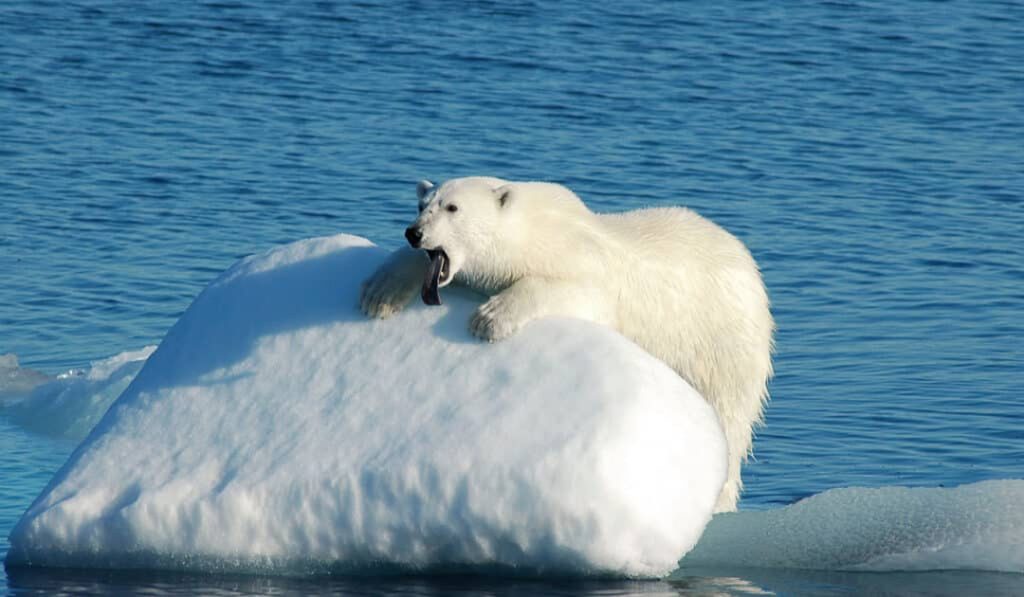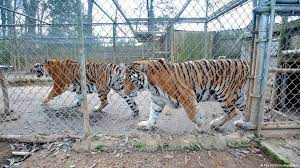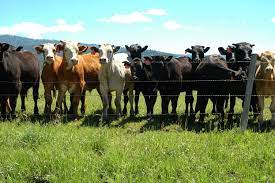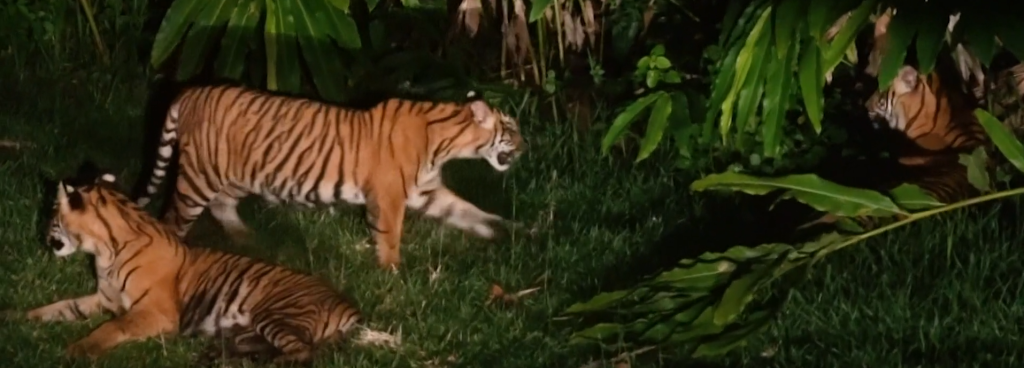It is back in the 1940s that wolves were last resident in the Grand Canyon national park. This is why it was so exciting that a grey wolf is roaming the northern rim of the grand canyon.


Wildlife and conservation new, wild travel information and links for booking
It is back in the 1940s that wolves were last resident in the Grand Canyon national park. This is why it was so exciting that a grey wolf is roaming the northern rim of the grand canyon.

2200 polar bears live on the west coast of Greenland. It is unknown how many live on the east coast, but this group appears to be living in a place where they were formerly thought incapable of surviving.

Increasingly, young people are taking to court to make governments listen. The scientific evidence for climate change has been known by many people for at least 70 years (and suggested far earlier).

It does seem reasonable for children to sue their parents generation, for the costs that their short sightedness will cost.
Alarmingly, the trial comes shortly after the states legislature (republican majority) passed a new rule that the fossil fuel industry wanted, which blocks local government from encouraging renewable energy, and at the same time, increases the cost to challenge the fossil fuel industries.
It is not expected to have a big effect in the Montana state, but over the 2 weeks laid out devastating evidence for both the audience in the house and those outside.
Lawyers for the Montana Attorney General (a republican) tried repeatedly to get the case thrown out over procedural issues.
The state has a 1972 protective constitution which requires officials to maintain a “clean and healthy environment” which is only included in a few other states laws.
Unfortunately the state district judge, has already narrowed the case, as a result if they win, show would not order officials to formulate a new approach to climate change. Instead, she would issue “declaratory Judgement” stating that officials violated the state constitution.
It is thought that if the plaintiffs win, even if there is little direct action as a result, it could cause ripples which might well cause the change needed. The trial ended 2 days ago, and we are just waiting for the ruling.
Until last year, in many of the states in the USA, there was little to stop people from keeping big cats as pets.

I wonder what proportion of the country would recognize the name Chris Packham? He has been one of the lead presenters for the BBCs natural history unit for decades. Why is people like this important? Without people like this, all sorts of threats to our world, including things like climate change would be less well known in the public.

These people are essential for disseminating information which might allow us to deal with these challenges without leaving a dystopian world to our children. Naturalists are important, as they give us the knowledge to deal with many problems far cheaper than any manmade solution.
Continue reading “Chris Packham was awarded £90,000, so?”Oil, is increasingly recognized as an asset that is likely to be worth very little in the future. Does this mean it has no value now? no of course not. Still, it is likely to move in that direction soon.

It is, unfortunately, a fact, that meat eaters create a significant extra quantity of carbon released into the air. How much? Well this varies from place to place, and product to product.

There are an increasingly large number of people who are recognizing this issue. Now while some will argue that without the meat industry, much of the UK farmland would be built on, and that this would be disastrous for the environment are missing the point. We live on an island, and as such it is in our own best interests to make sure that the worlds ice sheets do not melt.
Continue reading “If the US beef industry is deploying tricks similar to fossil fuels and smoking to delay action, what should we do?”I wrote last year about a group of European bee eaters which nested in Norfolk last year
https://seeanimalswild.com/wp-admin/post.php?post=7304&action=edit
Should you wish to read it, I have included a link to it above.
These birds are beautiful, and for some time, have been an exciting moment when encountering them in Spain or eastern Europe. Unfortunately, their more regular visits to our shores is yet more signs of climate change.
The fact that they have returned to the same nest site may well suggest a group which intends to make this their annual nesting ground.
3 have been spotted, which include a nesting pair.
There have been many suggestions that the scientific consensus has not been reached, when it comes to climate change, either to its existence or humans effect on it,
https://www.cnn.com/videos/tv/2023/04/04/mission-tiger-sumatra-tambling-1-hnk-spc-intl.cnn
Above is a link to a short but fascinating video which CNN did about an ex hunter who is trying to atone for his former behaviour.
It is under 6 minutes and well worth a watch. It is not brand new, but I hope it is of interest.
This is a reserve of about 480 square km on the southern end of Sumatra

While not vast, this small reserve has the capacity to support above 10% of the current remaining Sumatran tiger population.
I hope to be able to link to this destination in the near future









Join as an ambassador supporter to
support this site, help save wildlife
and make friends & log in

